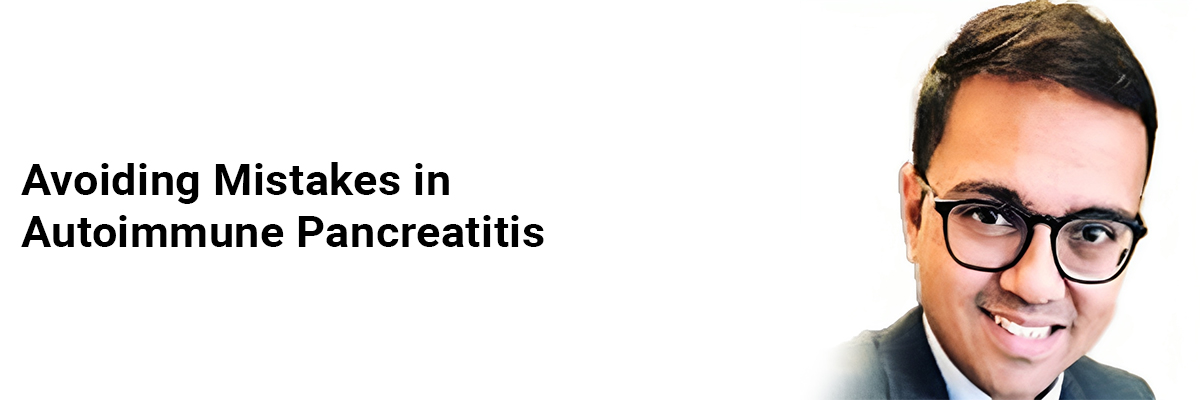
 IJCP Editorial Team
IJCP Editorial Team
Avoiding Mistakes in Autoimmune Pancreatitis
Autoimmune pancreatitis (AIP) is classified into two types: Type 1 AIP, known as lymphoplasmacytic sclerosing pancreatitis, is considered the pancreatic manifestation of IgG4-related disease. Type 2 AIP is characterized as idiopathic duct-centric pancreatitis.
The imaging appearance of AIP is highly suggestive/typical when there is a diffusely enlarged gland with featureless borders, delayed enhancement with or without a capsule-like rim and long or multiple main pancreatic duct strictures without upstream dilation. Supportive/indeterminate features include a focally enlarged gland without features highly suggestive of cancer.
Recognition of relapse in AIP is defi ned by the development of radiologic fi ndings or biochemical abnormalities consistent with a new or worsening infl ammatory process, requiring re-treatment, or an increase in the dose of steroids that was previously being tapered.
Establishing the diagnosis of AIP can be challenging, and it is crucial to recognize clinical and radiologic features that differentiate AIP from pancreatic cancer. Key Points
Serum IgG4 elevation is not pathognomonic of AIP and can be elevated in pancreatic cancer.
Serum CA 19-9 can be falsely elevated in benign cholestasis.
The presence of main pancreatic duct dilation and vascular invasion favors a diagnosis of pancreatic cancer.
Lack of steroid response indicates an alternative diagnosis.
About a third of patients with AIP have refractory disease and benefi t from maintenance therapy.
Pancreatic atrophy is common and can result in endocrine and exocrine dysfunction.

IJCP Editorial Team
Comprising seasoned professionals and experts from the medical field, the IJCP editorial team is dedicated to delivering timely and accurate content and thriving to provide attention-grabbing information for the readers. What sets them apart are their diverse expertise, spanning academia, research, and clinical practice, and their dedication to upholding the highest standards of quality and integrity. With a wealth of experience and a commitment to excellence, the IJCP editorial team strives to provide valuable perspectives, the latest trends, and in-depth analyses across various medical domains, all in a way that keeps you interested and engaged.



















Please login to comment on this article